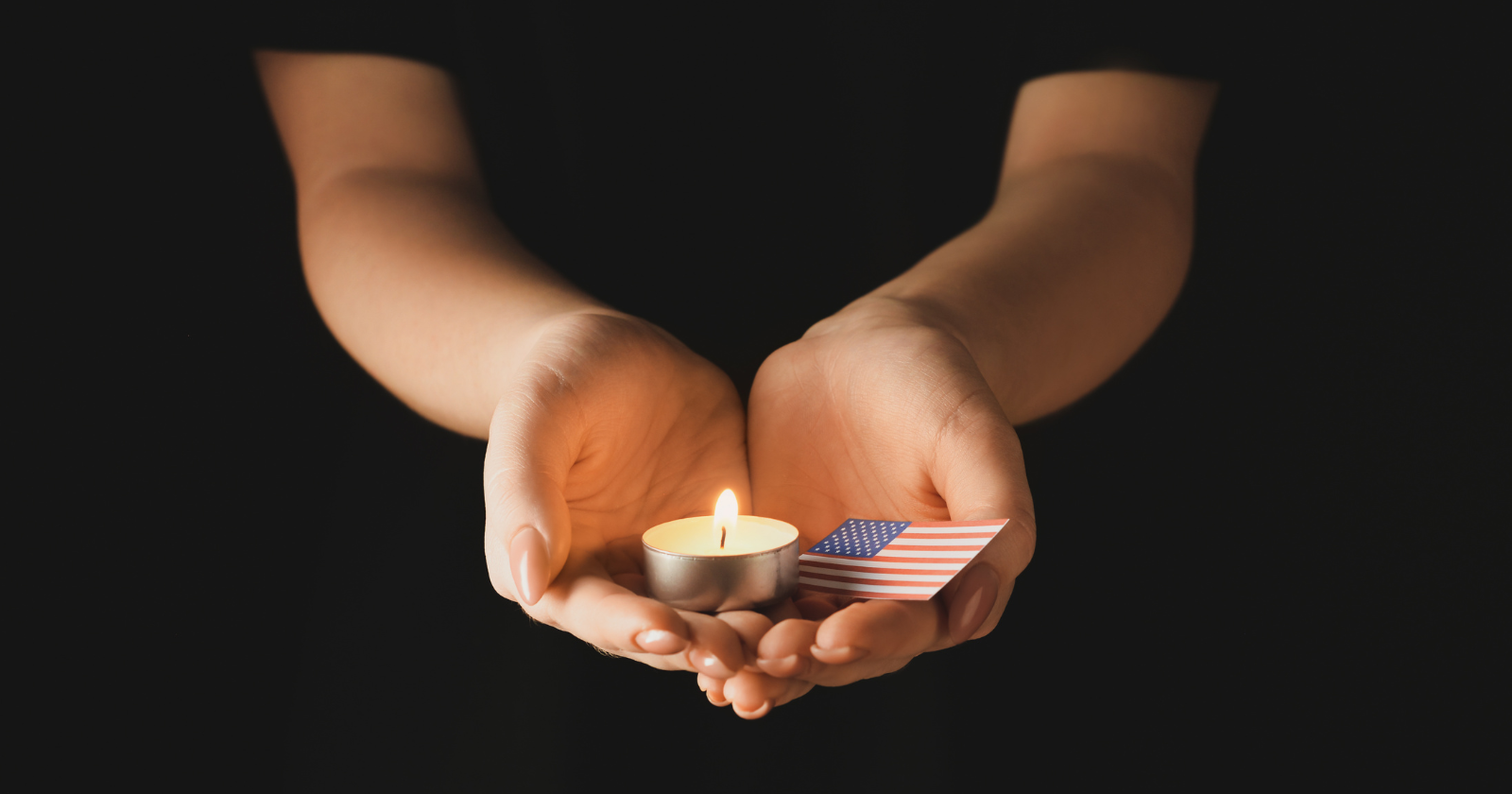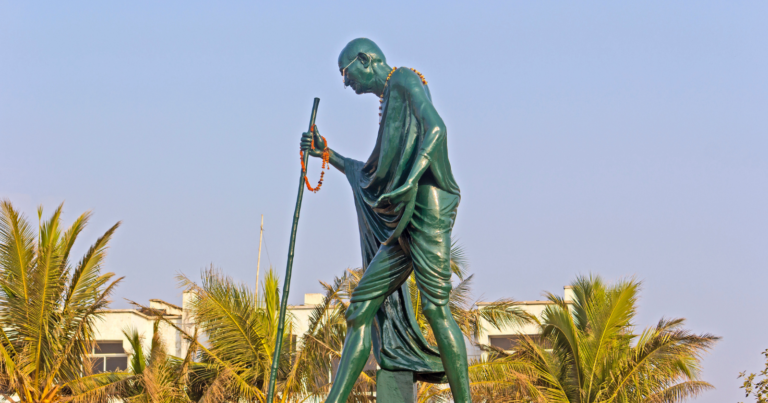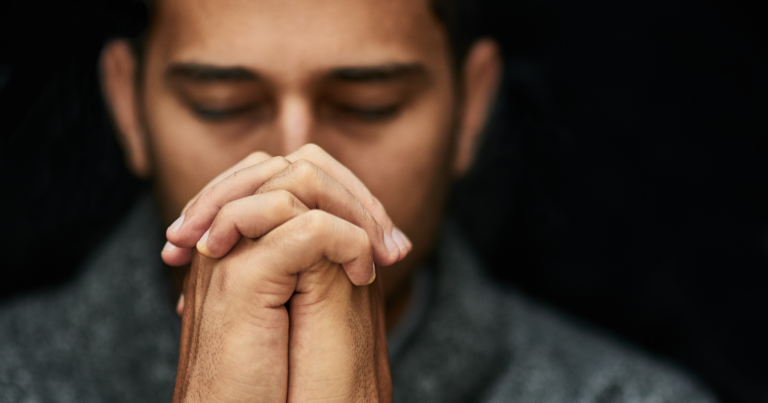“May our land be speedily restored to its former happy and prosperous condition and its inhabitants inspired with wisdom from on high.”
Did you know there’s a day dedicated not to feasting and celebration, but to humility, fasting, and prayer?
Tucked away in the folds of American history is the National Day of Humiliation, Fasting, and Prayer, a day that might sound somber but carries rich historical and spiritual significance.
It’s a day that invites us to pause, reflect, and connect on a deeper level with our faith and community.
In this article, we’re diving into 7 fascinating aspects of this day that you might not know about, shedding light on its origins, purpose, and how it has shaped the nation’s character.
The essence of 1775 National Day
In the wake of the early battles of the American Revolution, the Second Continental Congress called for a National Day of Humiliation, Fasting, and Prayer on July 20, 1775.
This proclamation was a solemn appeal to the divine, seeking guidance, forgiveness, and protection in a time of great turmoil and uncertainty.
Right after the first shots of the American Revolution rang out at Lexington and Concord, the Second Continental Congress called for a day dedicated not to battle strategies, but to prayer and reflection.
Set for July 20, 1775, this was America’s very first National Day of Prayer.
What’s fascinating is the tone of this proclamation.
Unlike later declarations, it carries a conciliatory language towards Britain, reflecting the complex emotions and loyalties of that tumultuous time.
Authored by none other than John Hancock and affirmed by Charles Thomson, this document is a testament to our nation’s Christian roots and the belief in divine guidance even in the face of conflict.
So, why should we care about this historical tidbit today?
Well, it reminds us that humility, prayer, and national unity have always been foundational to the American spirit.
7 things you didn’t know about 1775 National Day
1. It was America’s first official day of prayer
Believe it or not, the 1775 National Day of Humiliation, Fasting, and Prayer wasn’t just another day on the calendar.
As a matter of fact, it was the dawn of America’s long-standing tradition of national prayer.
Before there were fireworks on the Fourth of July or parades on Thanksgiving, this day set a precedent for a nation turning to prayer in times of turmoil and uncertainty.
On July 20, 1775, as the smoke from the Battles of Lexington and Concord was still clearing, the Second Continental Congress declared the first-ever official day dedicated to prayer across the thirteen colonies.
This wasn’t merely about seeking divine intervention — it was a bold statement of unity and faith in the face of adversity.
It’s a reminder that the foundation of American independence was as much about spiritual resilience as it was about fighting for freedom.
2. The day aimed to seek divine guidance for all colonies
Here’s something that might surprise you:
The 1775 National Day wasn’t just about fasting and prayer — it was a collective call across all thirteen colonies to seek divine guidance amidst the brewing storm of war.
Imagine this — communities from New Hampshire to Georgia, each with their own local concerns and hardships, coming together in a unified effort to ask for wisdom and protection.
This wasn’t about one colony’s struggle for independence. It was a recognition that the fight ahead was bigger than any single group could handle alone.
Simply put, they knew that to navigate the uncertain waters of revolution, they’d need a compass that only spiritual guidance could provide. It’s a poignant reminder of the power of unity and faith in shaping the course of history.
3. John Hancock played a key role
When we think of John Hancock, his famously bold signature on the Declaration of Independence often comes to mind.
But did you know he also played a pivotal role in the 1775 National Day of Humiliation, Fasting, and Prayer?
As President of the Second Continental Congress, Hancock was instrumental in proclaiming this day, emphasizing the colonies’ collective need for divine guidance amidst the brewing storm of revolution.
His leadership extended beyond the battlefield and political declarations; it ventured into the spiritual realm, uniting the colonies under a common cause of prayer and reflection.
Hancock’s involvement highlights the intertwined nature of faith and leadership during America’s fight for independence, showcasing his multifaceted role in shaping the nation’s foundation.
4. The proclamation came after a significant military conflict
Just weeks after the first shots were fired at Lexington and Concord, marking the start of the American Revolution, the Continental Congress made a move that might seem unexpected today.
They declared the National Day of Humiliation, Fasting, and Prayer.
This decision wasn’t just a spiritual gesture; it was a response to the conflict that had just begun to unfold.
Imagine, in the aftermath of such pivotal battles, instead of solely rallying troops or strategizing for the next military move, the leaders of the emerging nation called for prayer.
This act underscored the importance they placed on seeking divine support and guidance in their quest for independence, illustrating how deeply faith and the fight for freedom were interwoven from the very beginning.
5. It featured a conciliatory tone towards Britain
Ever wondered why the 1775 National Day of Prayer proclamation carried such a conciliatory tone toward Britain?
At a time when tensions were skyrocketing, this day of prayer reflected a hope for peace and understanding between the colonies and their mother country.
Here’s what makes it thought-provoking:
- The document sought divine intervention not just for victory, but for reconciliation.
- It highlighted the colonies’ desire for a peaceful resolution, despite the ongoing conflict.
- This approach underscores the complexity of the colonists’ feelings: striving for independence while still hoping for harmony.
This nuanced stance invites us to reflect on the multifaceted nature of human conflict and the enduring hope for peace, even amidst revolution.
6. Signed by prominent figures of the Continental Congress
Now, let’s discuss who stood behind the scenes of the significant decisions that shaped early American history.
The 1775 National Day of Humiliation, Fasting, and Prayer document was endorsed by none other than the luminaries of the Continental Congress.
This wasn’t just a piece of paper. It was a declaration underlined by the signatures of key figures like John Hancock and Charles Thomson.
Why does this matter?
These signatures represent more than historical autographs; they symbolize the collective commitment of America’s early leaders to seek divine guidance and unity during turbulent times.
Their endorsement of the proclamation highlights the depth of faith and determination that fueled the fight for independence.
That’s what underscored the pivotal role that spiritual resolve played in the founding of the nation.
7. It laid the foundation for future national days of prayer
The 1775 National Day of Humiliation, Fasting, and Prayer did more than mark a single day of reflection during the American Revolution.
As a matter of fact, it set a precedent that would echo through the centuries.
This initial call to unite in prayer and humility laid the groundwork for what would become an enduring tradition, the annual National Day of Prayer.
So, don’t even think that it’s just a footnote in history.
Actually, it’s the beginning of a legacy that reminds us of the power of collective faith and intention.
What makes this foundation so impactful?
It’s the recognition that, at the heart of a nation’s strength, lies not just its military or economic might but its spiritual unity.
The foresight of the Continental Congress to institutionalize prayer as a national practice is a testament to their understanding of the profound role that faith plays in guiding and sustaining a country.
Today, as we observe the National Day of Prayer, we’re participating in a tradition that started with our nation’s first leaders seeking divine guidance in times of uncertainty.
It’s a powerful reminder that, amidst the hustle of modern life, taking a moment to reflect, pray, and come together in a spirit of humility is a practice that has strengthened and united Americans from the very beginning.
Final reflection: Resilience through unity
When we delve into the core essence of the 1775 National Day of Humiliation, Fasting, and Prayer, it’s not just about a historical event or an intriguing list of facts.
This day symbolizes something far deeper, a lesson that is as relevant today as it was back then: the power of unity in times of adversity.
Just as the colonists found strength in their shared faith and collective resolve, we too can draw from this powerful lesson.
In our own struggles and challenges – be they personal, political, or global – we can find solace and strength in unity.
Whether it’s coming together as a community, standing united as a nation, or rallying together as humanity, it’s this spirit of unity that can see us through the toughest of times.









